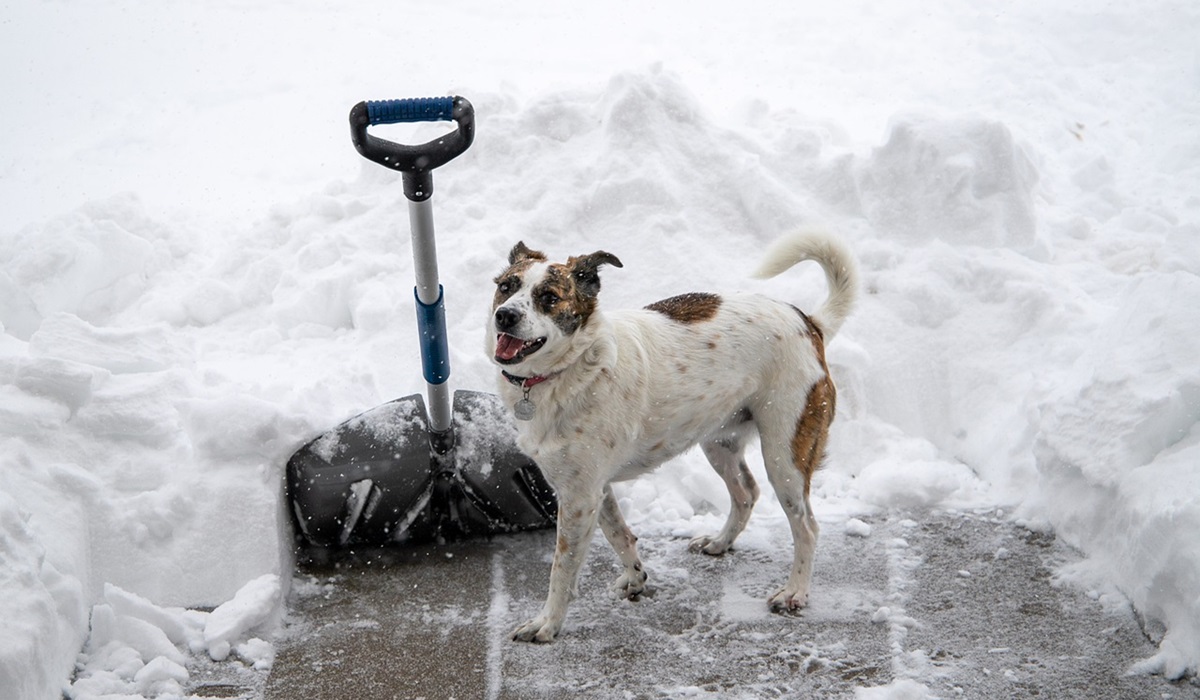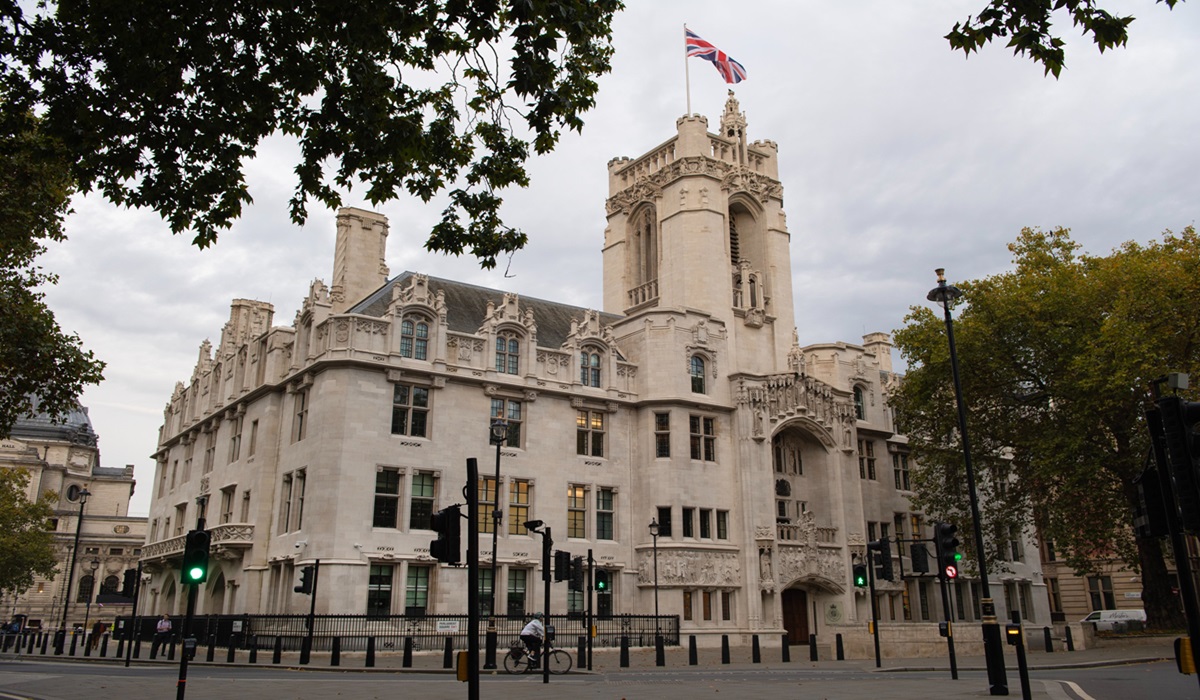Lake-Effect Snowstorm Paralyzes Great Lakes Region: Millions Brace for More Whiteout Conditions
- TDS News
- Breaking News
- November 30, 2024

Image Credit, Julie Rothe
The Great Lakes region continues to grapple with a relentless lake-effect snowstorm that has plunged large parts of Michigan, New York, Pennsylvania, and Ohio into a state of alert. Snowfall totals in some areas have already exceeded 30 inches, with regions such as Erie County, Pennsylvania, and western New York hit particularly hard. This prolonged weather system, fueled by cold arctic air interacting with the relatively warm waters of the Great Lakes, has caused significant disruptions to daily life and raised serious safety concerns.
The National Weather Service has issued widespread winter storm warnings, with additional advisories for near-whiteout conditions. These conditions have rendered many roads impassable, especially along major transportation corridors such as Interstates 90 and 81. Authorities in Michigan reported significant challenges, particularly around Grand Rapids, where visibility has been reduced to dangerously low levels. Snowfall is expected to continue unabated into the coming week, bringing the potential for several additional feet of accumulation in already overwhelmed areas.
In western New York, residents are facing near-paralyzing conditions. Schools and businesses remain closed, while emergency crews work tirelessly to keep critical roads clear. The region is experiencing intense bursts of heavy snowfall, with some areas seeing rates of up to three inches per hour. Travel advisories remain in effect, with officials urging the public to stay off the roads unless absolutely necessary. Meanwhile, power outages are becoming more frequent as the weight of heavy, wet snow compromises utility infrastructure.
The storm’s reach extends beyond snowfall, with frigid temperatures gripping the Midwest and Northeast. Wind chills in parts of the Midwest have plummeted to -20°F or lower, creating life-threatening conditions for anyone exposed to the cold for prolonged periods. Frostbite and hypothermia are significant risks, further complicating efforts to clear roads and provide emergency services.
Meteorologists attribute the severity of this event to a combination of unusually warm lake waters and a strong arctic air mass. These conditions have intensified the lake-effect snowbands, producing prolonged snowfall over a relatively narrow area. Such events, while not uncommon in the Great Lakes region, highlight the unique vulnerabilities faced by communities in this area. The interplay of climate variables is a stark reminder of the dynamic and sometimes extreme nature of weather in the region.
Emergency management agencies are urging residents to prepare for extended periods of disruption. This includes ensuring adequate supplies of food, water, and medications, as well as securing alternative heating sources in case of power outages. Authorities stress the importance of checking on vulnerable neighbors, particularly the elderly and those with mobility challenges, as they may face greater risks during such extreme conditions.
The ongoing lake-effect snowstorm serves as a powerful reminder of the challenges posed by winter weather in the Great Lakes region. While the beauty of a snow-covered landscape is undeniable, the impacts on safety, mobility, and infrastructure underscore the importance of preparation and vigilance. Residents are advised to monitor local updates, follow official guidance, and remain cautious as this powerful storm continues to unfold.








